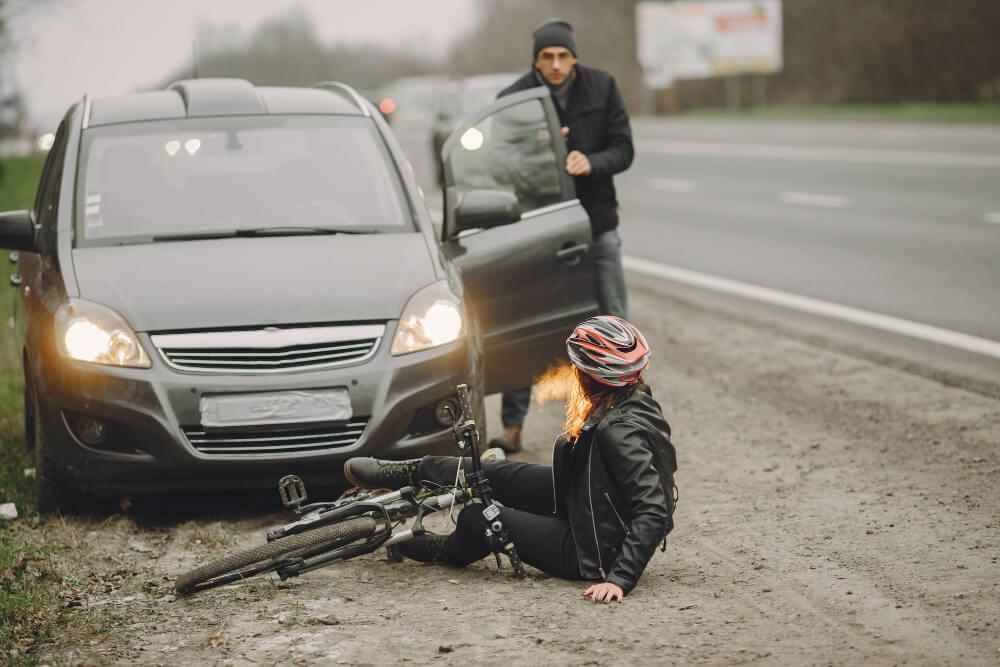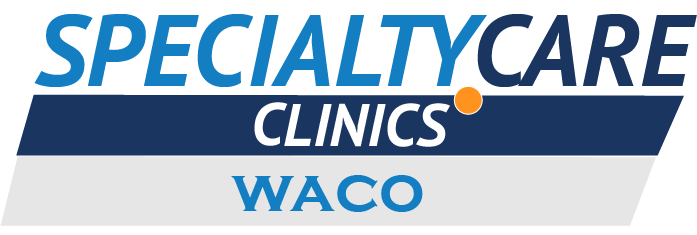Healing After the Impact: Treating Joint Injuries Sustained in Auto Accidents
Auto accidents are a leading cause of unintentional injuries worldwide. The sudden forces involved in a collision can cause significant trauma to the body, impacting muscles, bones, and soft tissues. While cuts, bruises, and fractures often receive immediate attention, joint injuries can sometimes be overlooked or underestimated. Joints throughout the body, including the neck, shoulders, knees, ankles, and wrists, are vulnerable to damage during an auto accident. The force of the impact can cause sprains, strains, dislocations, or even fractures in these joints, leading to pain, stiffness, and limitations in mobility.

Common Types of Joint Injuries from Auto Accidents
Sprains and Strains:
Sprains and strains are common joint injuries that can occur in an auto accident. A sprain involves a stretch or tear of a ligament, the tissue that connects bones at a joint. A strain refers to a stretch or tear of a muscle or tendon, the tissue that connects muscle to bone. Both sprains and strains can cause pain, swelling, and difficulty moving the affected joint.
Dislocations:
Dislocations occur when the bones in a joint are forced out of their normal position. This can be a very painful injury and may also cause nerve damage or blood vessel injury. Dislocations are most common in the shoulder, knee, and finger joints.
Fractures:
The force of an auto accident can also cause fractures, or broken bones, around a joint. Fractures can range from hairline cracks to complete breaks and may require immobilization with a cast or splint, or in some cases, surgery.
Why Seeking Medical Attention is Essential After an Auto Accident

Early Detection and Diagnosis:
Even if you don’t experience immediate pain after an auto accident, it’s crucial to seek medical attention. Adrenaline released during the accident can mask pain symptoms, and some joint injuries may not become apparent until days or even weeks later. A medical professional can perform a thorough examination, order imaging tests like X-rays or MRIs, and diagnose the specific joint injury you have sustained. Early diagnosis allows for prompt treatment and helps prevent long-term complications.
Developing a Personalized Treatment Plan:
Based on the type and severity of your joint injury, a healthcare professional will develop a personalized treatment plan. This may include:
- Rest: Limiting movement of the injured joint allows for healing and reduces inflammation.
- Ice: Applying ice packs to the affected area can help reduce pain and swelling.
- Compression: Wearing a brace or bandage can support the joint and promote healing.
- Medication: Pain relievers or anti-inflammatory medications may be prescribed to manage discomfort.
- Physical Therapy: A physical therapist can design a rehabilitation program to improve flexibility, strength, and range of motion in the injured joint.
- Surgery: In severe cases of fractures or dislocations, surgery may be necessary to repair the joint.
Importance of Early Intervention and Rehabilitation:
Starting treatment promptly after an auto accident injury is crucial for a full and successful recovery. Early intervention can minimize pain, inflammation, and stiffness, and can help prevent long-term complications such as arthritis or chronic pain. A comprehensive rehabilitation program plays a vital role in regaining strength, flexibility, and stability in the injured joint. Physical therapy exercises can help you regain full range of motion and improve your ability to perform daily activities without limitations.
